In the context of deep economic integration, Vietnamese private enterprises are positioning themselves. How do you evaluate the overall picture of private enterprises in general and small and medium enterprises in Vietnam today?
Mr. Tran Anh Quy: The private economy is of interest to the Party and the State, and is oriented as the core to promote socio-economic development. Resolution 10 of the Party also identified the development of the private economy as a resource for the development of a socialist-oriented market economy and set the goal of developing a healthy, effective, and sustainable private economy, truly becoming the driving force of the market economy.
In a recent speech, General Secretary To Lam emphasized the need to identify the private economy as a long-term strategy and policy of the country. The private economy, state economy, and collective economy are the core groups that build an autonomous, self-reliant, and self-reliant economy. This is a huge task facing all levels and sectors, from the central to local levels.
One of the key solutions that needs to be developed and implemented is to maximize the liberation of resources and develop the private economy; giving the private economy access to important resources such as capital, land, human resources, technology, etc.
According to assessments, Vietnamese private enterprises are growing rapidly in number, including many large enterprises with regional and world-class technology and management levels. Currently, the country has about 870,000 private enterprises, contributing nearly 42% of GDP and attracting 85% of the workforce.
However, only 2% of them are large enterprises, the majority of the rest are small and micro enterprises with low competitiveness. The efficiency of capital use in this sector is not high when private enterprises need 1.61 VND of capital to create 1 VND of net revenue, while this figure for state-owned enterprises is 2.66 VND and for FDI enterprises is 1.73 VND.
In terms of industry structure, 66.8% of private enterprises operate in the service sector, the proportion of enterprises participating in the supporting industry sector is still small and weak in many aspects. Production and business of private enterprises depends heavily on imported raw materials. On the other hand, participation in the global value chain is still vague, making enterprises vulnerable to external shocks.
As the lifeblood of the economy, what solutions has the banking industry had to support one of the growth drivers of this economy?
Mr. Tran Anh Quy: Small and medium enterprises are one of the five priority credit sectors under the direction of the State Bank. Regulations on ceiling interest rates for short-term loans in VND for priority sectors are usually 1-2%/year lower than for normal sectors (currently 4.0%/year).
Not only that, small and medium enterprises are also beneficiaries of preferential credit policies by economic sector/field. Accordingly, small and medium enterprises enjoy preferential credit policies on interest rates from preferential sources of credit institutions such as capital for operations in the supporting industry sector; loans in the forestry and seafood export sector enjoy lower interest rates from 1% to 2%/year; small and medium enterprises participating in the lending program linked to the implementation of the Project of 1 million hectares of high-quality and low-emission rice in the Mekong Delta enjoy lower interest rates of 1%; Small and medium enterprises borrowing capital to operate in the agricultural and rural sectors are subject to specific mechanisms on interest rates, collateral and risk handling mechanisms, etc.
In addition, according to the State's preferential credit policy at the Bank for Social Policies, small and medium enterprises also enjoy loan interest rates like poor and near-poor households.
In particular, as a state management agency in the banking sector, the State Bank has also issued many mechanisms and policies to remove difficulties in collateral, increase credit for small and medium enterprises such as supplementing professional regulations on credit granting, including factoring and electronic credit granting methods; issuing Circular No. 45/2018/TT-NHNN guiding credit institutions on lending with guarantees from the Credit Guarantee Fund for small and medium enterprises; guiding documents encouraging credit institutions to improve the quality and ability to collect customer credit information, internal credit to expand unsecured lending, simplify lending procedures, diversify credit products with flexible forms of receiving collateral to remove difficulties, increase access to capital for small and medium enterprises; build and continuously upgrade the national credit information database to fully meet the criteria of "correct, sufficient, clean, alive"; Strengthen control of reporting activities of credit institutions to improve the quality of recruitment information.
Credit institutions are also very proactive in approaching small and medium enterprises, deploying a variety of products, developing many banking services such as guarantees, trade finance, free electronic payment services, developing banking applications specifically for small and medium enterprises. Credit granting procedures for enterprises are increasingly simplified and suitable.
Many credit institutions have successfully built internal credit assessment and rating models, optimizing the analysis, assessment and rating of business credit before deciding to lend; establishing a separate department specializing in managing lending activities for small and medium-sized enterprises; at the same time allowing the application of diverse and flexible measures on collateral to remove difficulties in the lack of collateral for small and medium-sized enterprises; even supporting small and medium-sized enterprises to build business plans to link with customers, participate in the supply chain, consume goods...
With the above drastic solutions, what results have been achieved in the credit debt of private enterprises, including small and medium enterprises?
Mr. Tran Anh Quy: By the end of 2024, outstanding credit for private enterprises at credit institutions will reach nearly 7 million billion VND, an increase of about 14.7% compared to 2023 and accounting for 44% of total outstanding credit in the whole economy. Of which, there are 100 credit institutions with outstanding credit for small and medium enterprises with a total outstanding debt of 2.74 million billion VND, an increase of 10.7% and accounting for 17.6% of total outstanding debt. Currently, 103/120 credit institutions have outstanding credit for small and medium enterprises, of which state-owned commercial banks account for 41.6%, joint-stock commercial banks account for 54.2%, foreign banks account for 2.4%, and other credit institutions account for 1.8%.
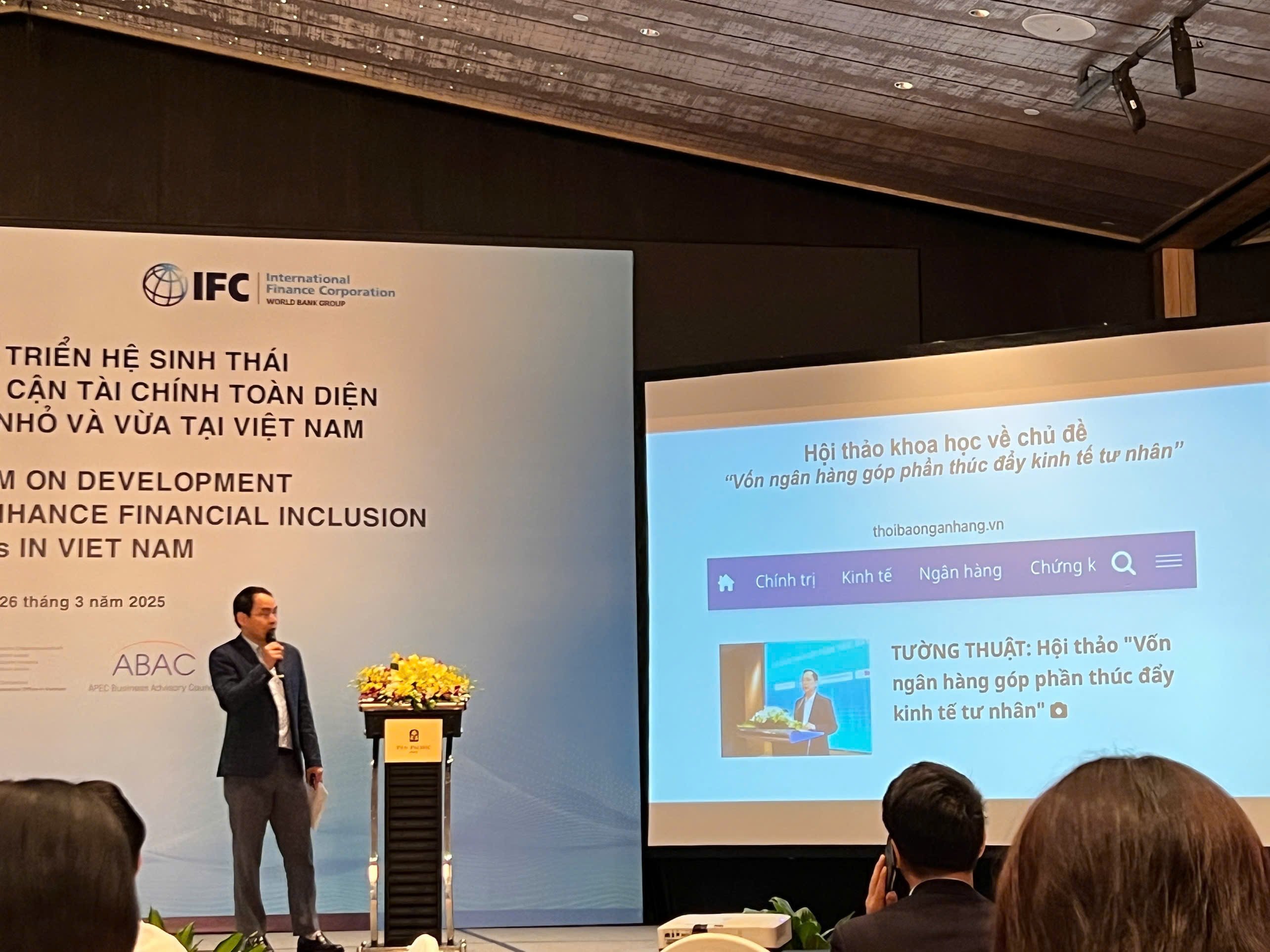 |
Mr. Tran Anh Quy, Department of Credit for Economic Sectors (State Bank of Vietnam) |
Up to now, the outstanding credit balance for small and medium enterprises may be higher than the figure that the State Bank has inventoried and announced, and the efficiency of credit flow for small and medium enterprises is higher than the above figure.
Although there have been many policies and solutions to support small and medium enterprises in absorbing credit capital, in reality there are still many difficulties in this activity. What is your assessment of this issue?
Mr. Tran Anh Quy: The objective cause comes from the complicated developments in the world and domestic economy, containing unstable factors. The production and business activities of small and medium enterprises are greatly affected by the general difficulties of the economy, along with the negative impacts of epidemics, natural disasters and climate change. Meanwhile, credit institutions are increasingly applying risk management standards according to international practices, requiring higher transparency in financial information and collateral of customers. Therefore, they cannot easily lower credit conditions or implement special preferential credit programs.
On the other hand, access to information on small and medium enterprises is still limited. Credit institutions mainly collect information through direct surveys or the National Credit Information Center (CIC), and have not effectively exploited information sources from industry associations, tax authorities or customs.
Difficulties also arise from the internal nature of small and medium enterprises when they have not yet met the requirements of being the core force of the economy. Most small and medium enterprises are micro-sized, have little capital, are fragmented, and have slow scale transformation, so their ability to mobilize capital is limited; production and business efficiency is low, technology is outdated, and innovation to increase labor productivity is slow; access to information as well as the ability to grasp market opportunities are limited. Many small and medium enterprises lack feasible business plans, inaccurate data, lack of financial transparency, and lack of close cooperation with banks when borrowing capital or restructuring debts. Credit institutions have difficulty managing business cash flow.
In addition, small and medium enterprises often encounter difficulties and problems with mortgaged assets, lack or insufficient documents on secured assets; the capital needs of small and medium enterprises are mainly medium and long-term to invest in fixed assets with a value larger than the size of the enterprise without secured assets.
To solve these difficulties, what is the orientation of the State Bank and the banking industry on solutions to increase credit for small and medium enterprises? What solutions do you propose or recommend to guide capital flows for small and medium enterprises in the coming time?
Mr. Tran Anh Quy: In the coming time, although the economy still faces many challenges and pressure from the competitive business environment, the banking industry is orienting credit solutions to improve the efficiency of accessing credit capital for small and medium enterprises.
First, the State Bank continues to promote its role as a central bank in proactively, flexibly and promptly operating monetary policy.
Second, regarding the enhancement of interest rate reduction solutions, the State Bank has directly worked with credit institutions. Accordingly, credit institutions committed to implementing solutions to cut operating costs to reduce lending rates and to publicly and transparently disclose lending rates at banks. At the same time, the State Bank will monitor, inspect and examine banks with high interest rate increases under the direction of the Prime Minister.
Third, the State Bank continues to innovate measures to manage credit growth, especially timely credit growth management to create conditions for credit institutions to provide capital to meet the production and business needs of small and medium enterprises.
Fourth, the State Bank continues to review and amend legal documents to create mechanisms and policies related to banking activities, removing difficulties for customers' operations. In particular, Decree 55 on preferential credit policies for enterprises operating in the agricultural and rural sector will be amended, introducing more preferential policies and adding business entities operating in the circular economic model. Specifically, Decree 55 will be amended to add business entities operating in the circular economic model that will enjoy similar and even more optimal preferential policies compared to other enterprises.
The Banking Industry will resolutely implement solutions to increase credit to customers; improve the quality of the Industry's credit information activities; direct credit institutions to streamline internal processes and procedures, deploy credit products suitable for small and medium-sized enterprise customers to increase access to and absorption of capital; coordinate with small and medium-sized enterprises to strengthen the connection of activities between banks and enterprises, diversifying from form to implementation content to promptly remove difficulties and obstacles in accessing credit capital.
These have been implemented by the banking sector immediately after receiving instructions from the General Secretary regarding private economic development.
Thank you!
Source: https://thoibaonganhang.vn/dan-loi-dong-von-cho-doanh-nghiep-nho-va-vua-161901.html

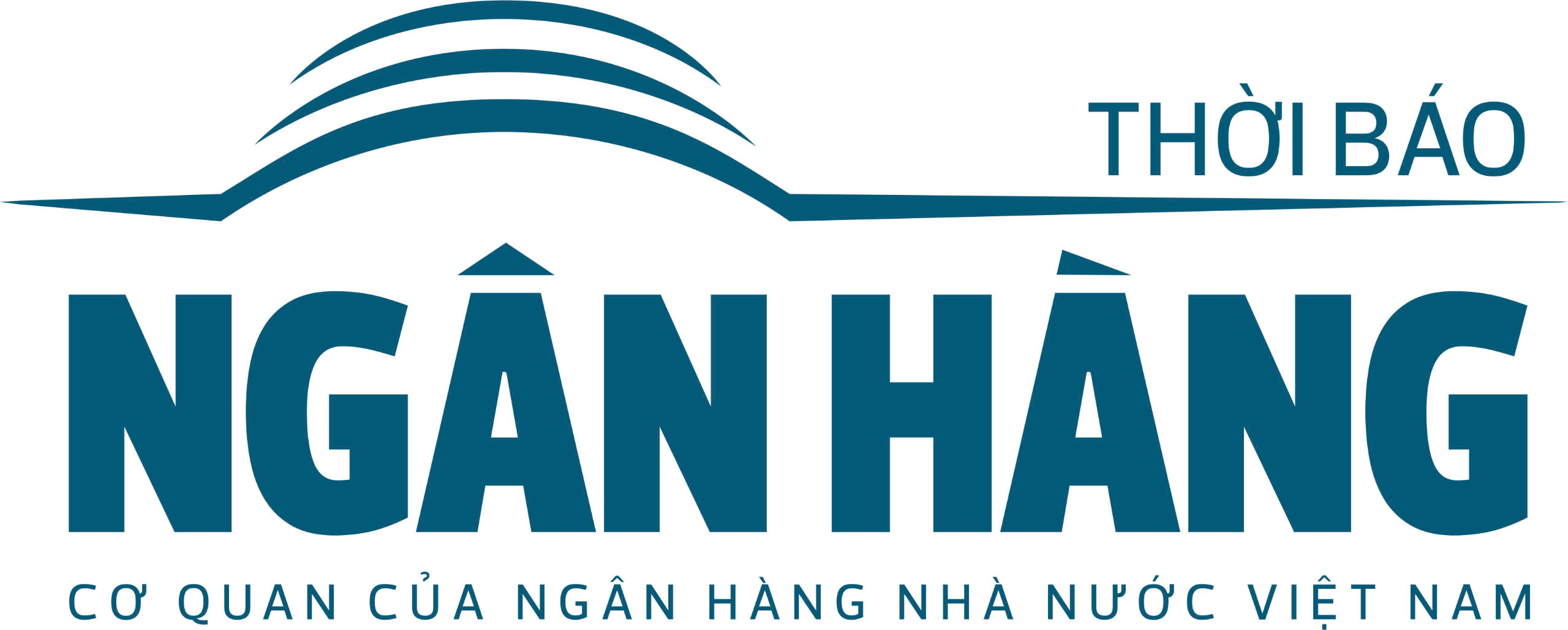




![[Photo] Dong Ho Paintings - Old Styles Tell Modern Stories](https://vstatic.vietnam.vn/vietnam/resource/IMAGE/2025/3/29/317613ad8519462488572377727dda93)
![[Photo] Prime Minister Pham Minh Chinh and Brazilian President Luiz Inácio Lula da Silva attend the Vietnam-Brazil Economic Forum](https://vstatic.vietnam.vn/vietnam/resource/IMAGE/2025/3/29/f3fd11b0421949878011a8f5da318635)
![[Photo] Prime Minister Pham Minh Chinh chairs meeting to urge highway projects](https://vstatic.vietnam.vn/vietnam/resource/IMAGE/2025/3/29/6a3e175f69ea45f8bfc3c272cde3e27a)












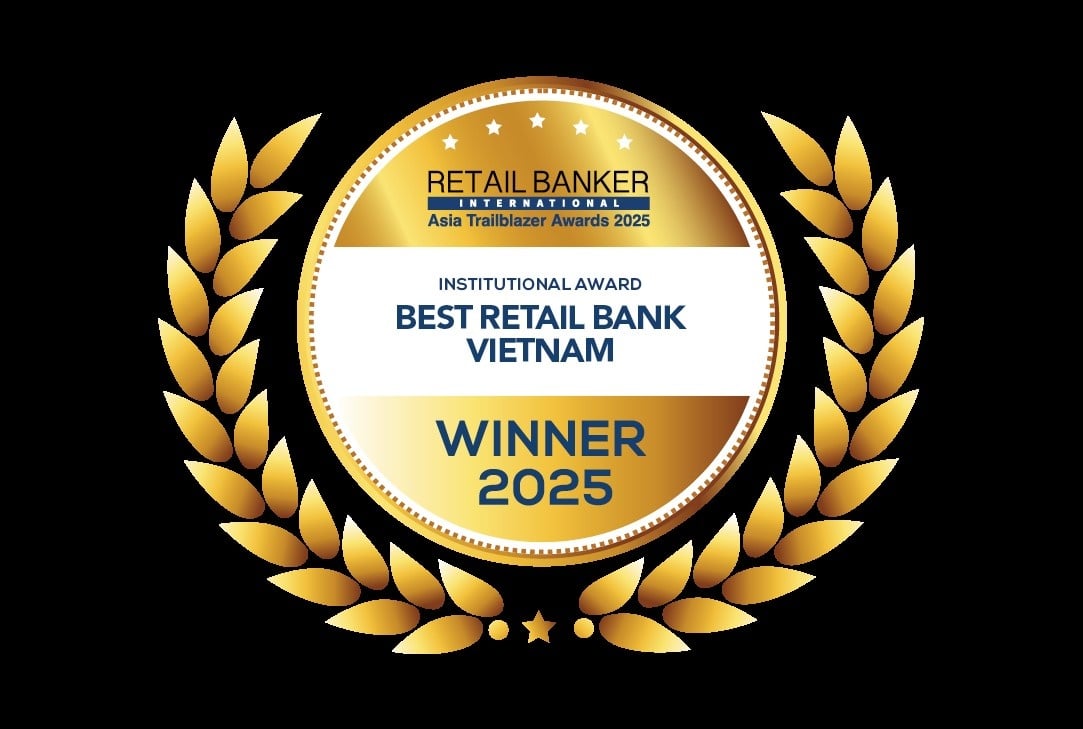







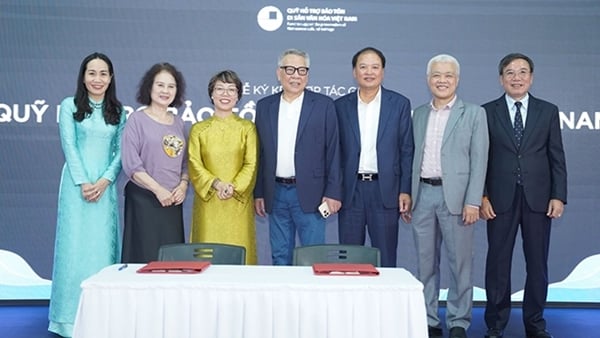




























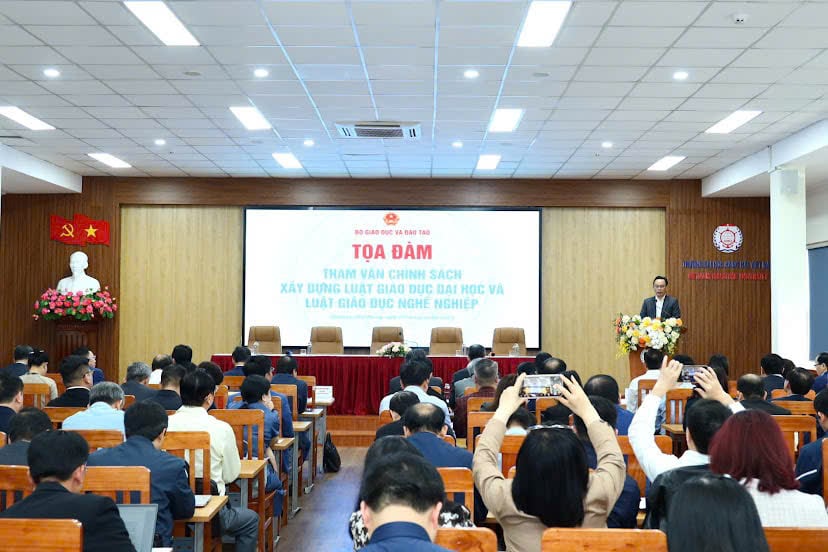

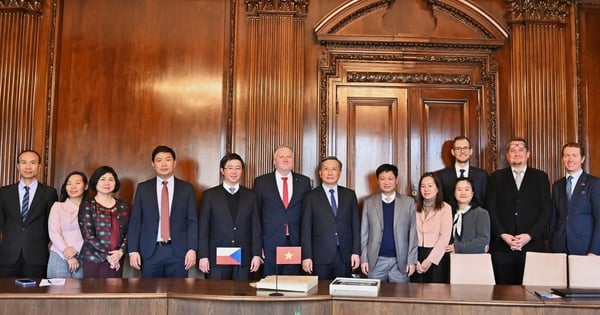

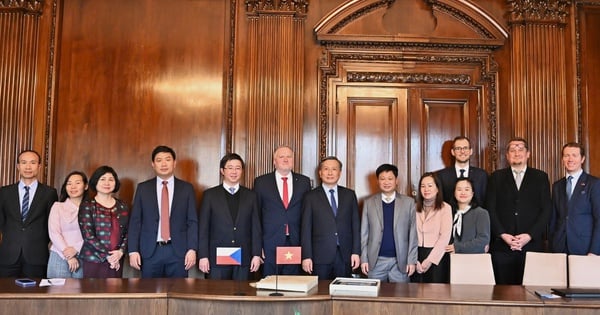












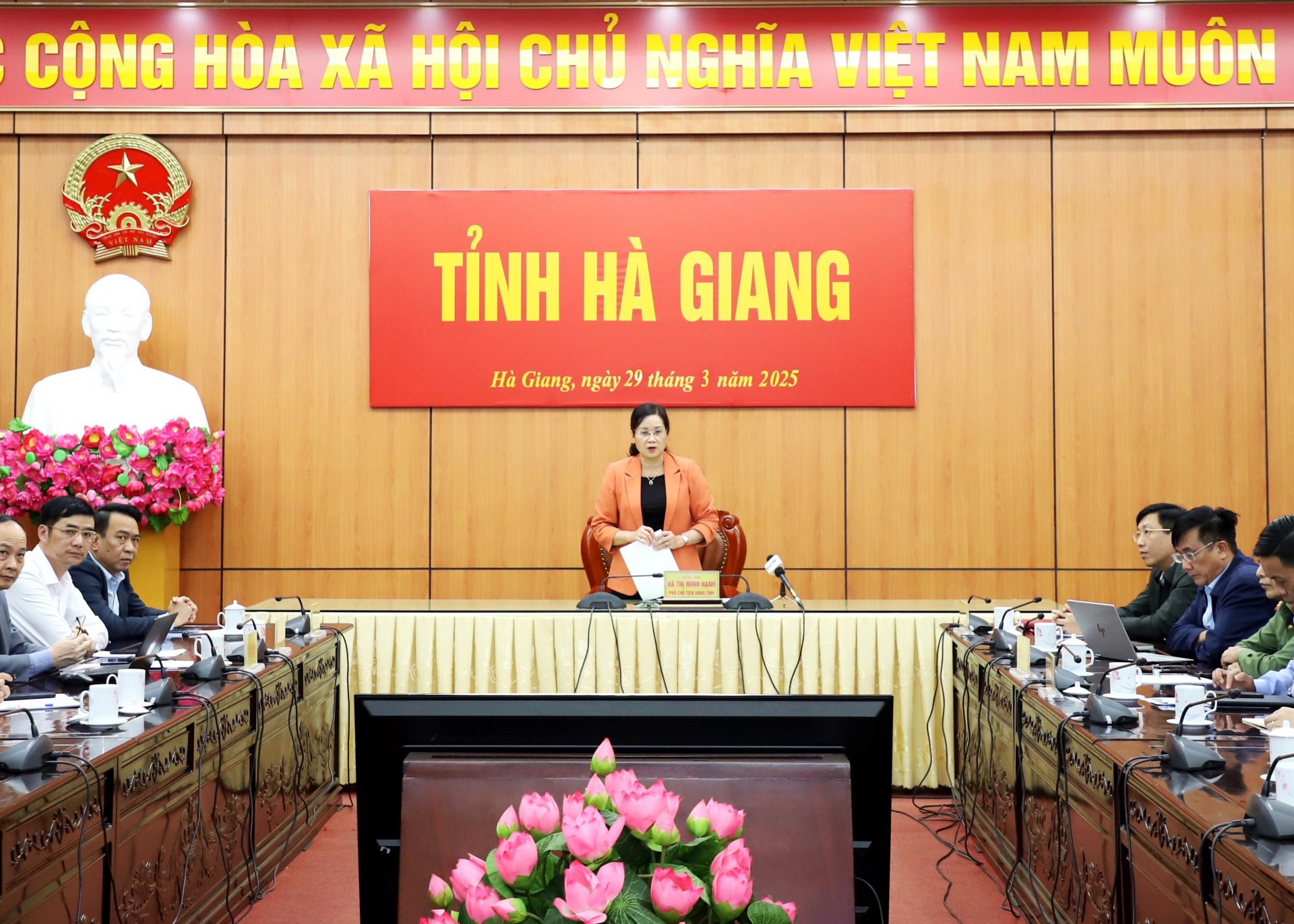









Comment (0)